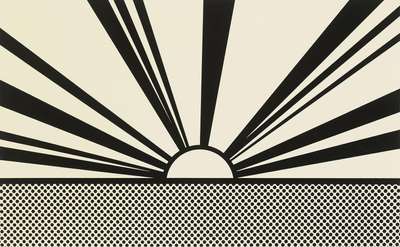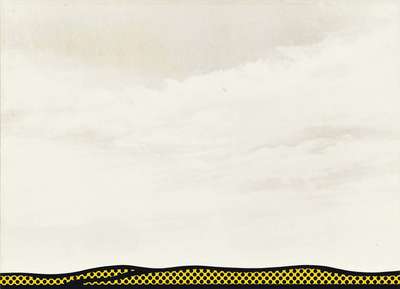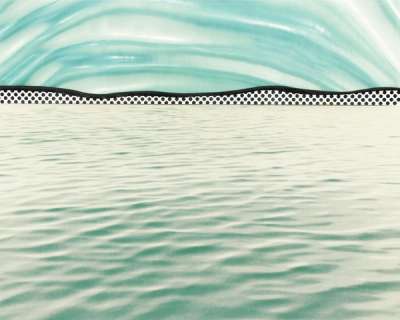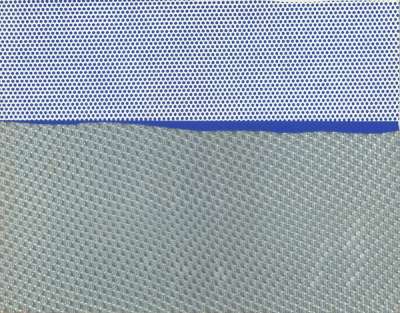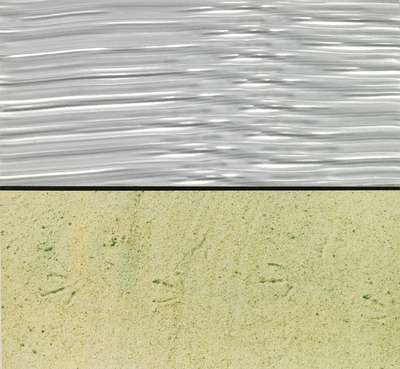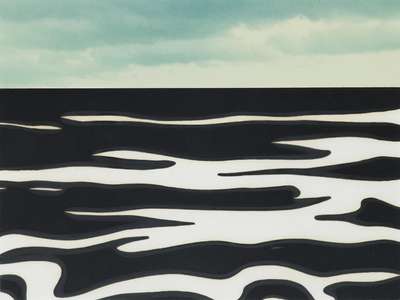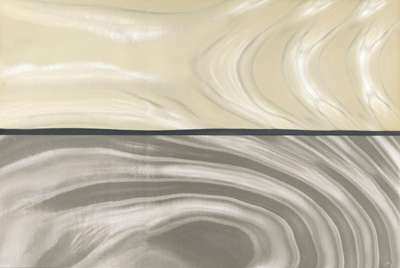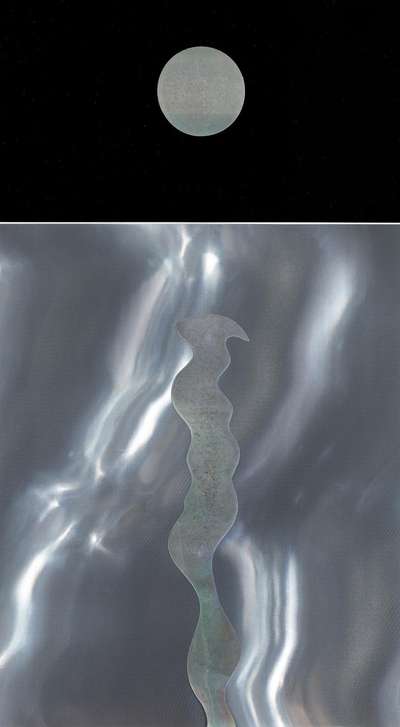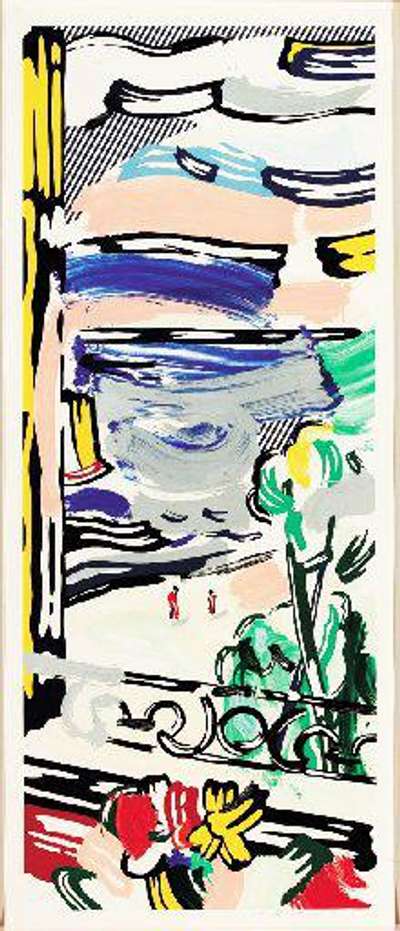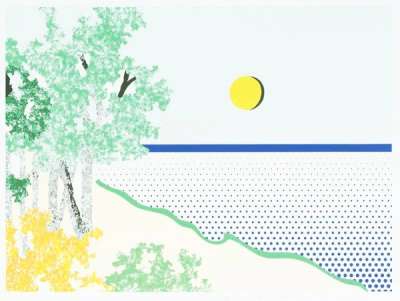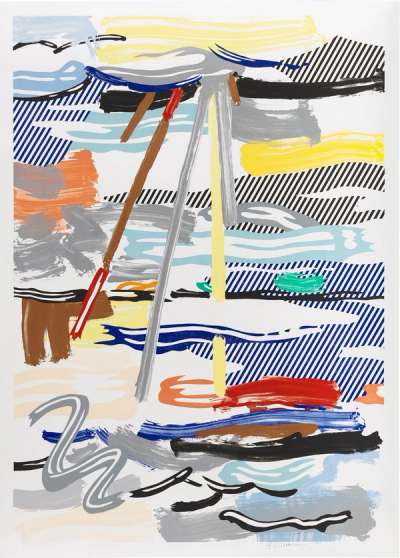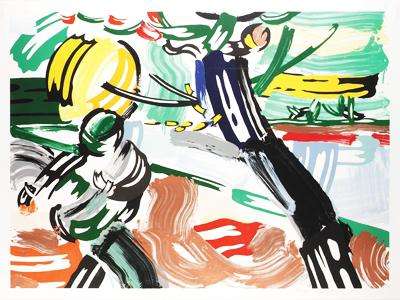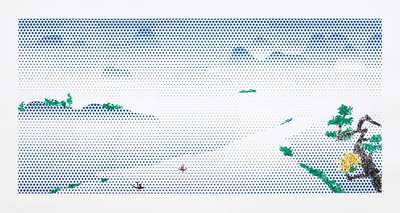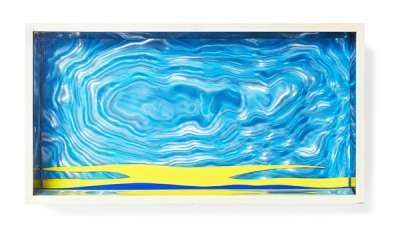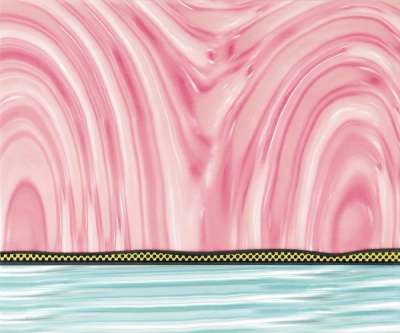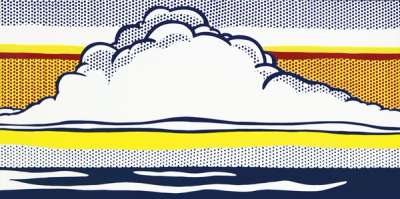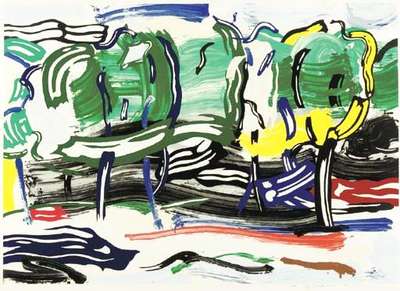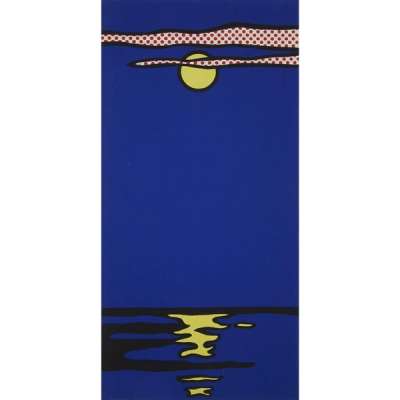
Landscape 7

Landscape 7
Signed Print
Roy Lichtenstein
£4,800-£7,000Value Indicator
$10,000-$14,500 Value Indicator
$9,000-$13,000 Value Indicator
¥45,000-¥70,000 Value Indicator
€5,500-€8,500 Value Indicator
$50,000-$70,000 Value Indicator
¥930,000-¥1,360,000 Value Indicator
$6,000-$9,000 Value Indicator
AAGR (5 years) This estimate blends recent public auction records with our own private sale data and network demand.
There aren't enough data points on this work for a comprehensive result. Please speak to a specialist by making an enquiry.
Medium: Screenprint
Edition size: 100
Year: 1967
Size: H 27cm x W 45cm
Signed: Yes
Format: Signed Print
TradingFloor
Track this artwork in realtime
Watch artwork, manage valuations, track your portfolio and return against your collection
Track auction value trend
Auction Results
| Auction Date | Auction House | Location | Hammer Price | Return to Seller | Buyer Paid |
|---|---|---|---|---|---|
| September 2023 | Phillips London | United Kingdom | |||
| October 2017 | Wright | United States | |||
| September 2016 | Christie's New York | United States | |||
| July 2013 | Christie's New York | United States | |||
| May 2012 | Bonhams San Francisco | United States |
Meaning & Analysis
Roy Lichtenstein’s Landscapes, Moonscapes and Seascapes span over three decades. The sequence comprises several autonomous portfolios. This screen print with Mylar belongs to the Ten Landscapes suite of 1967. The work was fabricated on white 100% rag board and composition board. It is part of a signed and limited edition of 100.
In the mid-1960s, Roy Lichtenstein put his renowned comic book motifs on hold. Instead, the artist began exploring the formal qualities of landscape painting. He worked on his Landscapes, Moonscapes and Seascapes for over three decades. As part of this extensive project, Lichtenstein completed several autonomous portfolios. His Ten Landscapes of 1967 constitute a masterful transformation of landscape imagery.
Landscape 7 belongs to the aforementioned ten-part suite. The print presents a graphic superimposition of shapes, defined by Lichtenstein’s characteristic formal vocabulary. The work’s abstracted terrain is constituted by black and white dots and a bright yellow colour field. A silver arch is pasted across the middle of the composition.
Despite its simplicity, Landscape 7 has a potent visual impact. The landscape seeks out familiar forms and condenses them into purely associative shapes. Lichtenstein ultimately conjures an alternative reality, similar to the dreamscapes of his Surrealist series.
The artist employs plastic sheets of Mylar in Landscape 7, utilising the shimmery and free-form attributes of the synthetic fabric to mimic changing light. Lichtenstein’s quest to create illusionistic effects using experimental materials continued throughout his career. For instance, he pursued comparable plays on perception and reflectivity in his intricate Mirrors and later Water Lilies.
